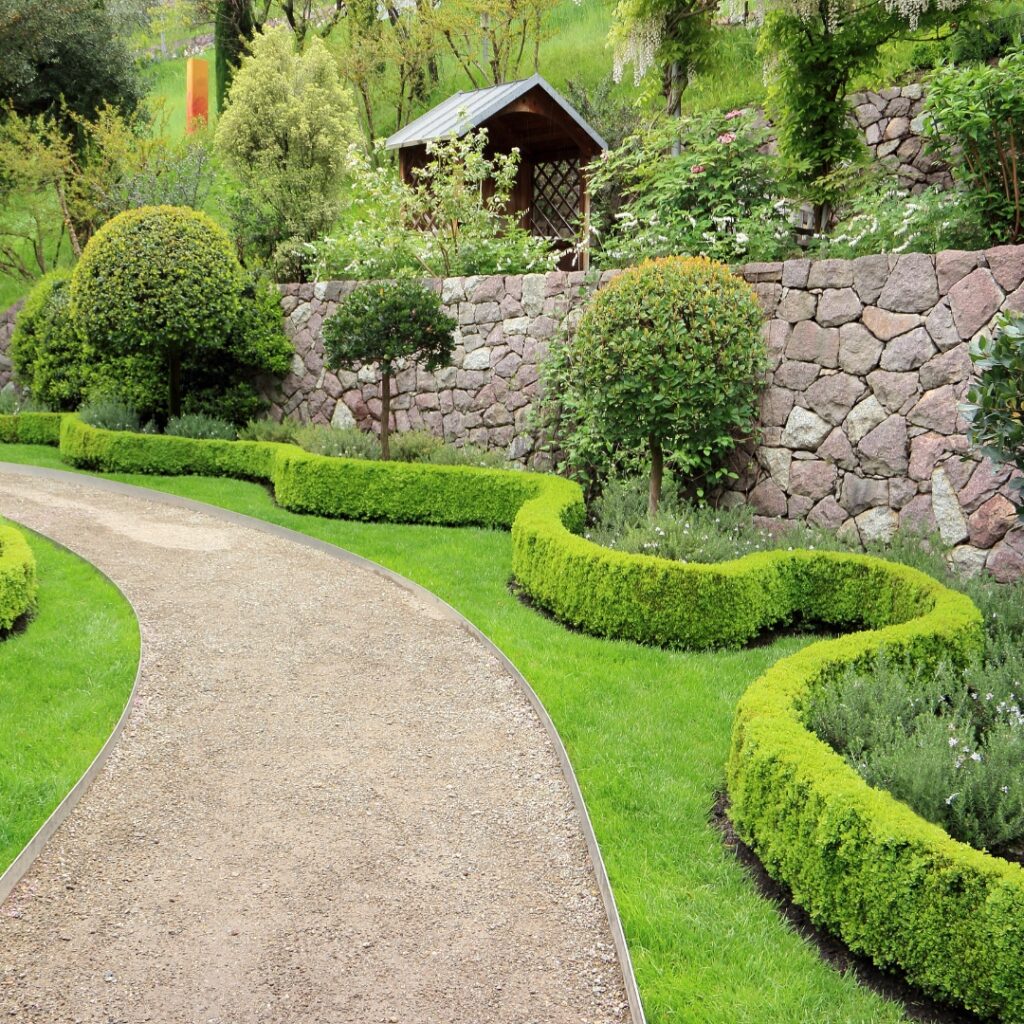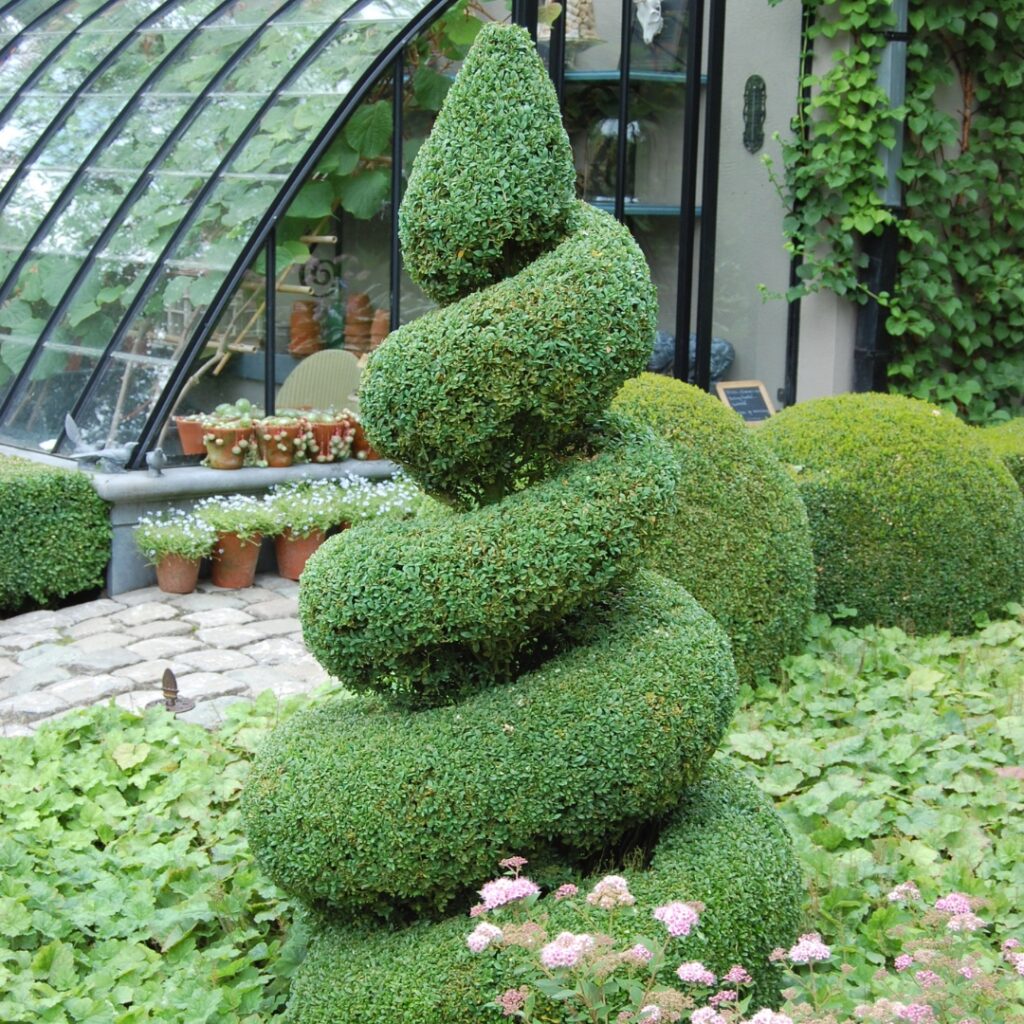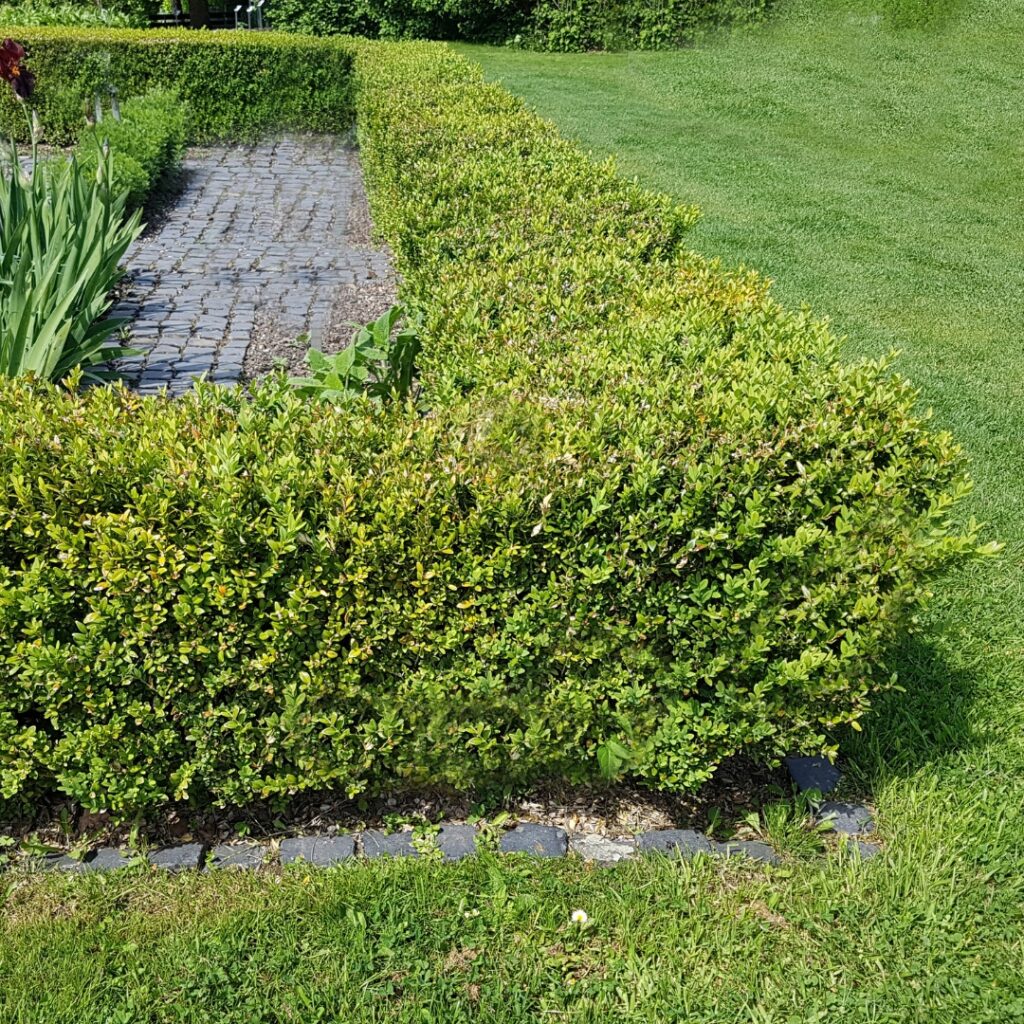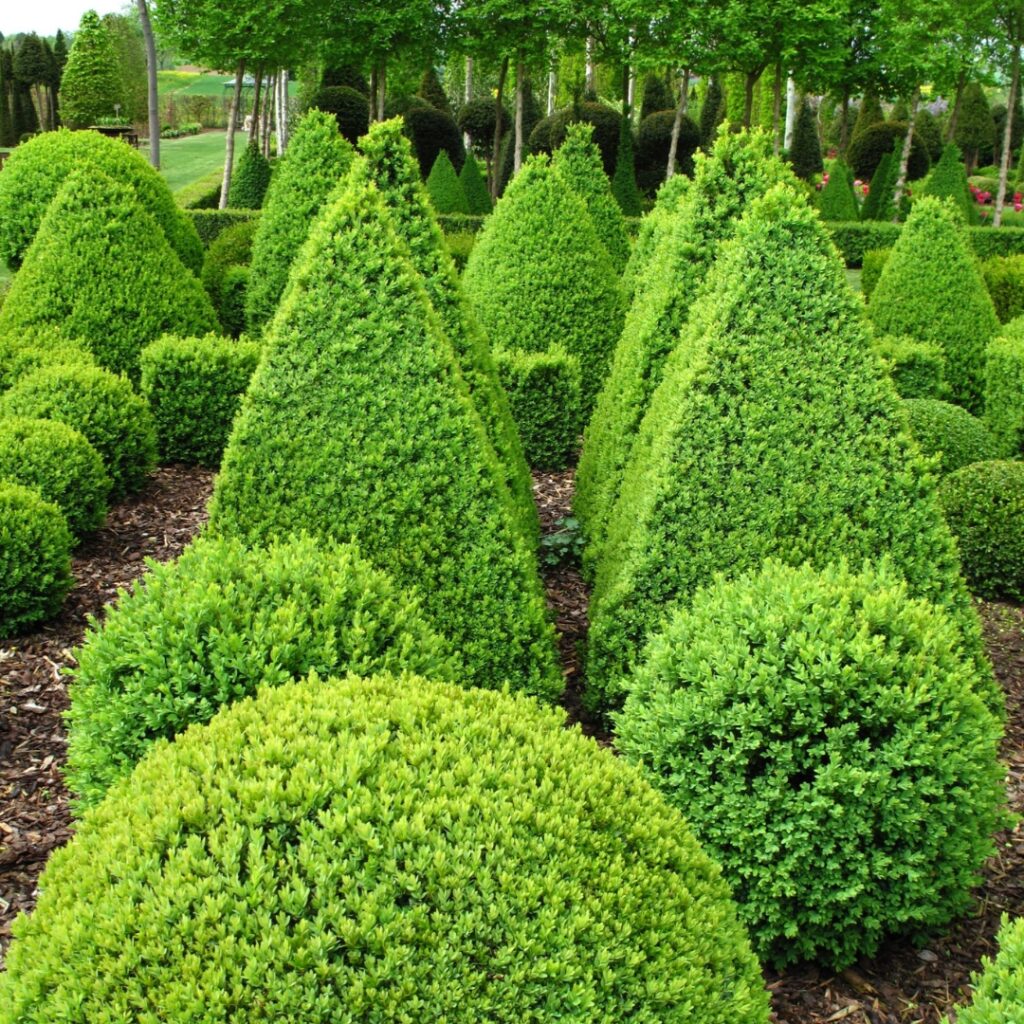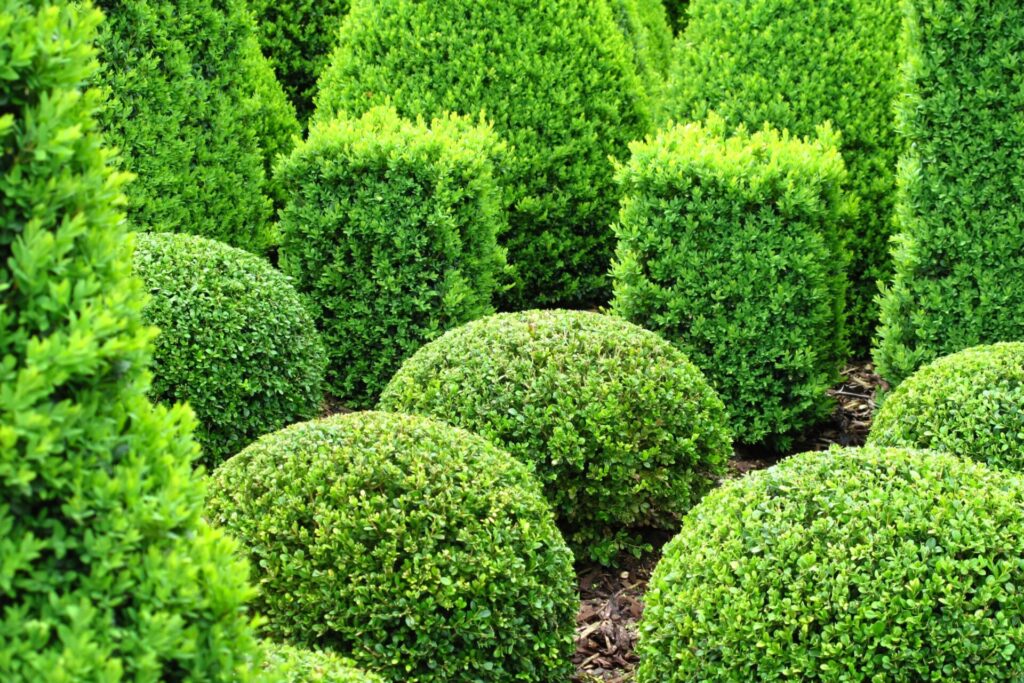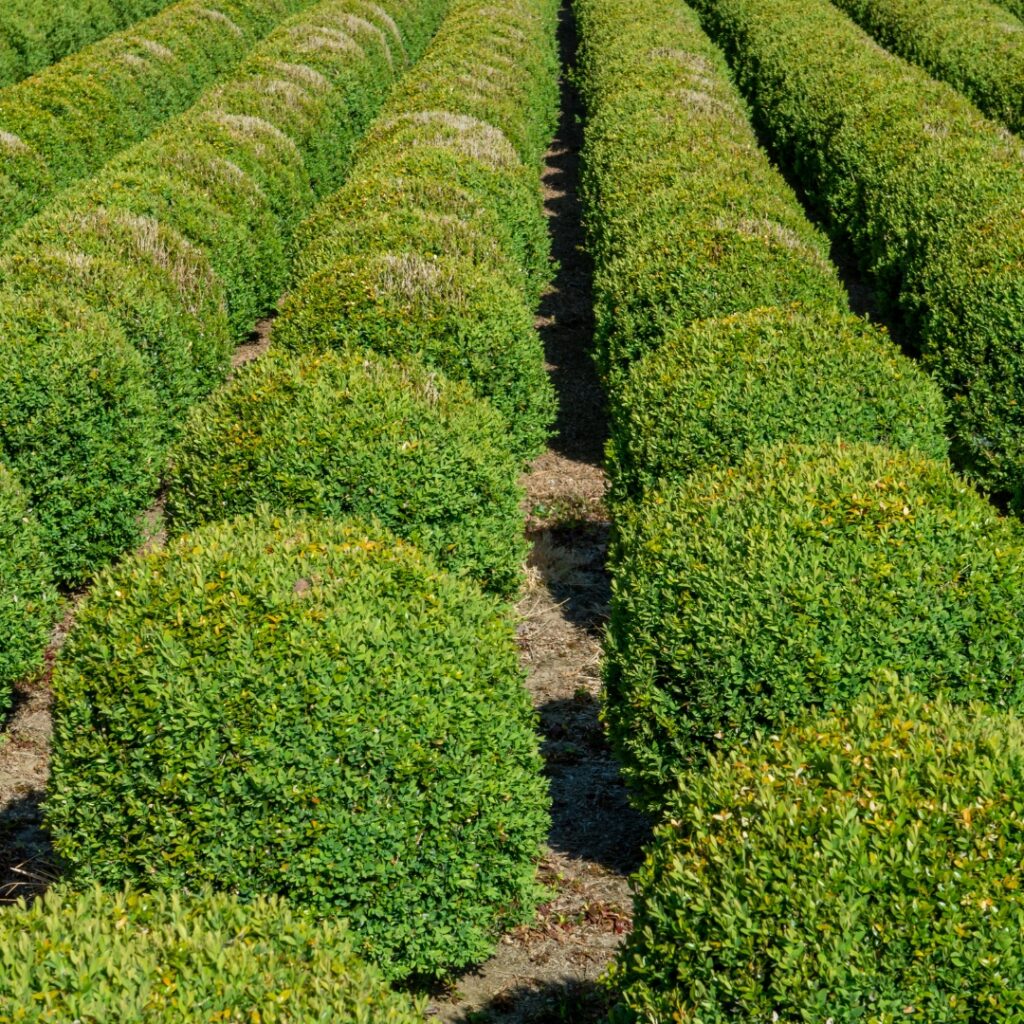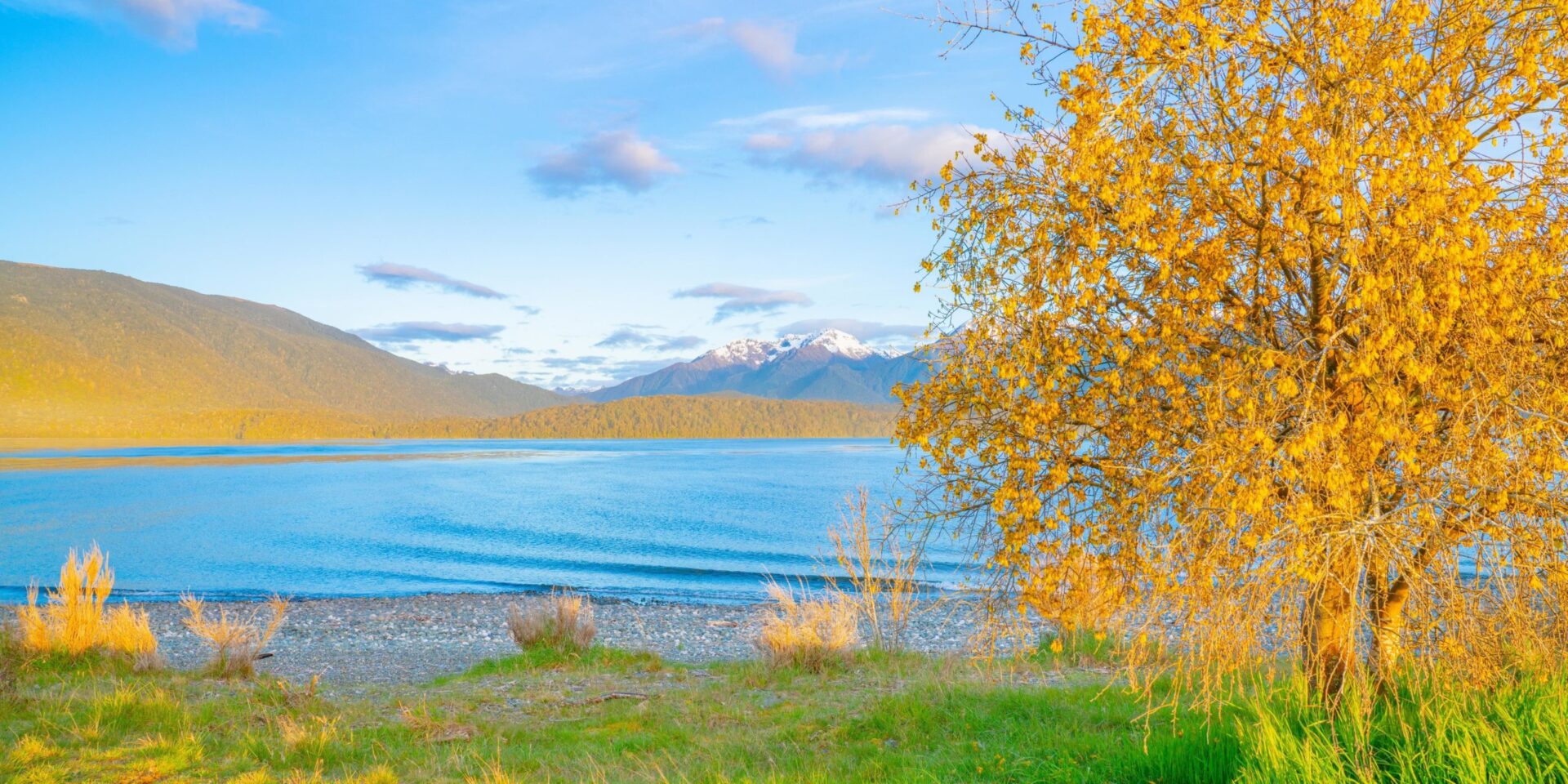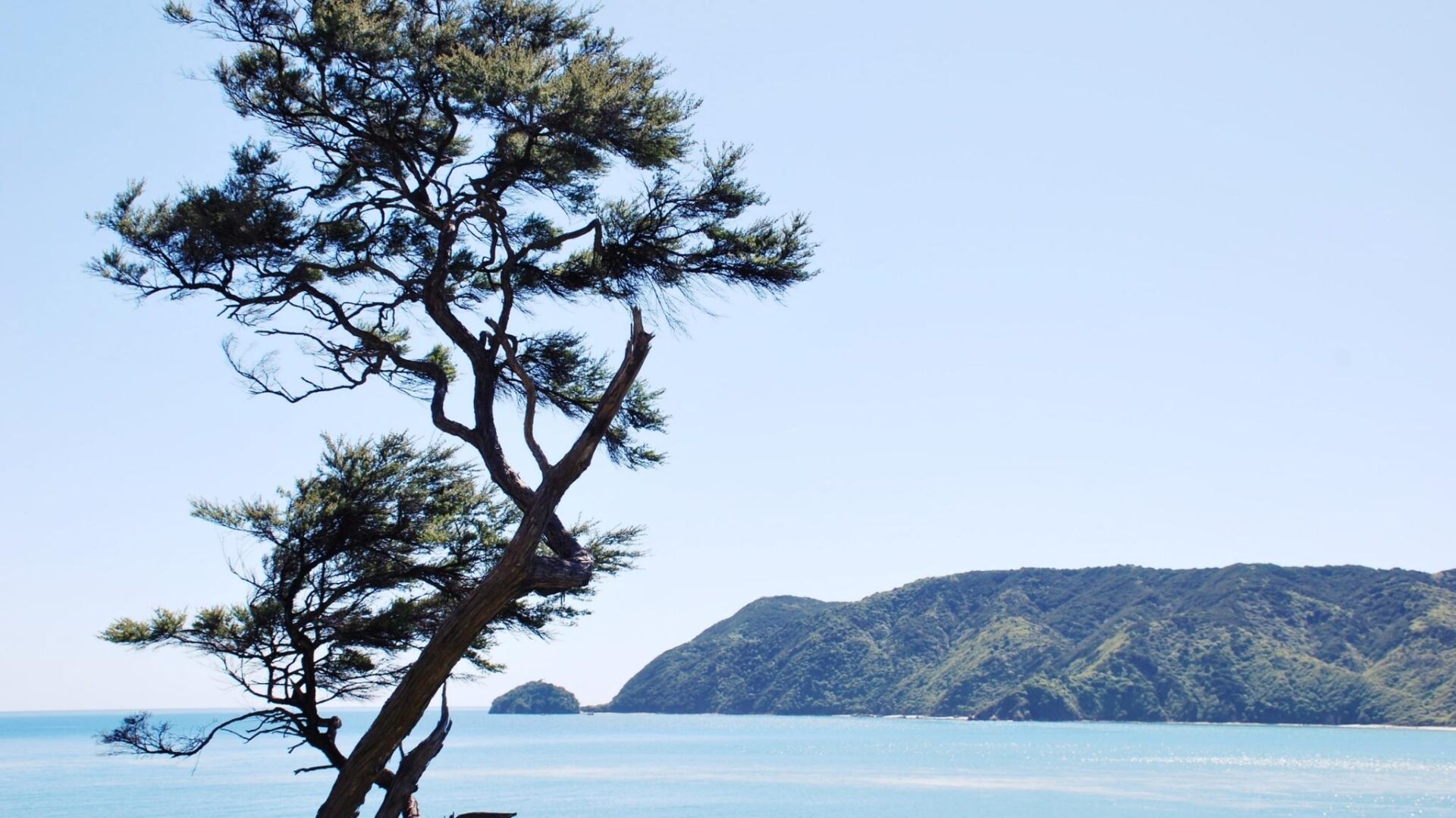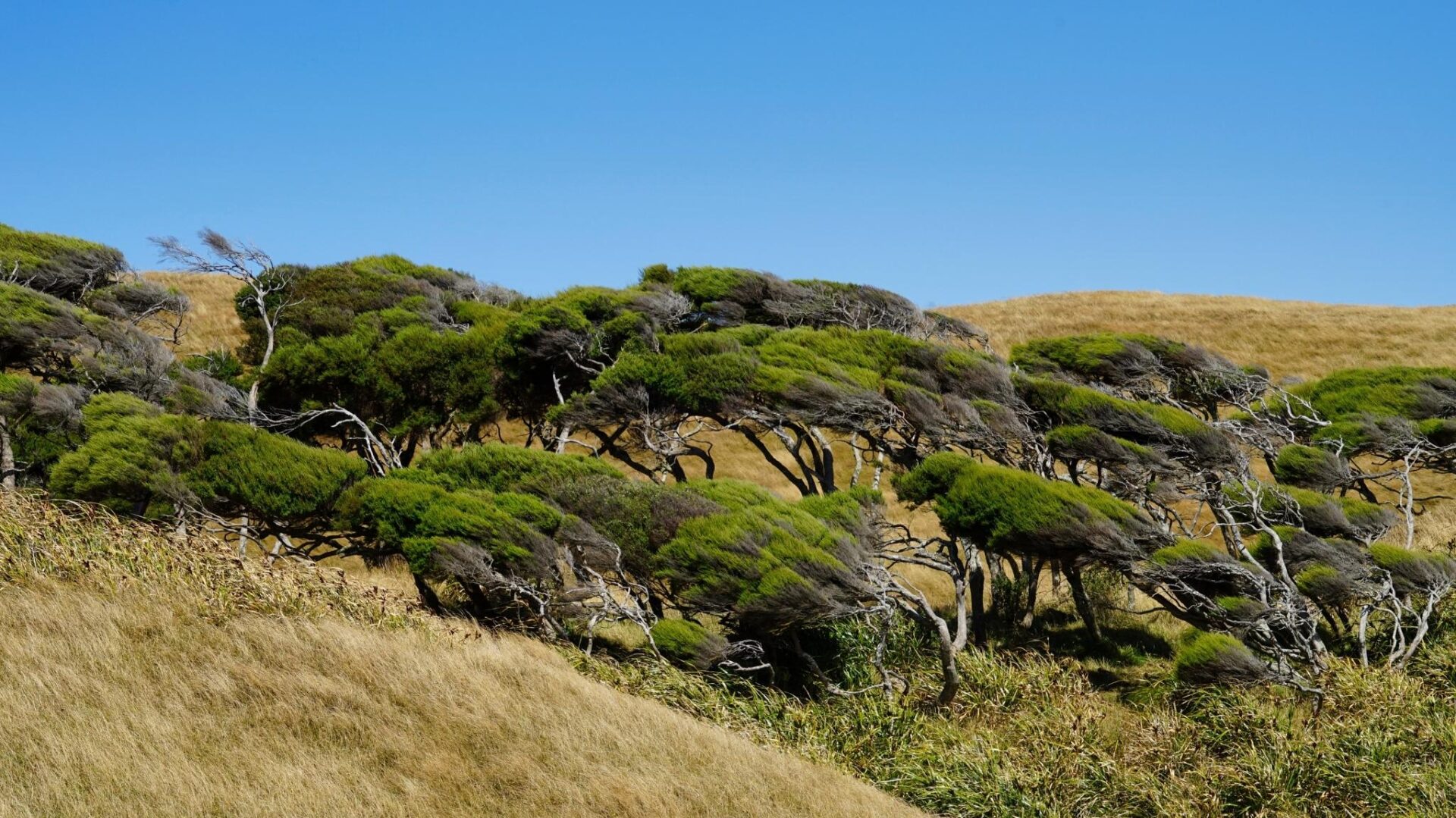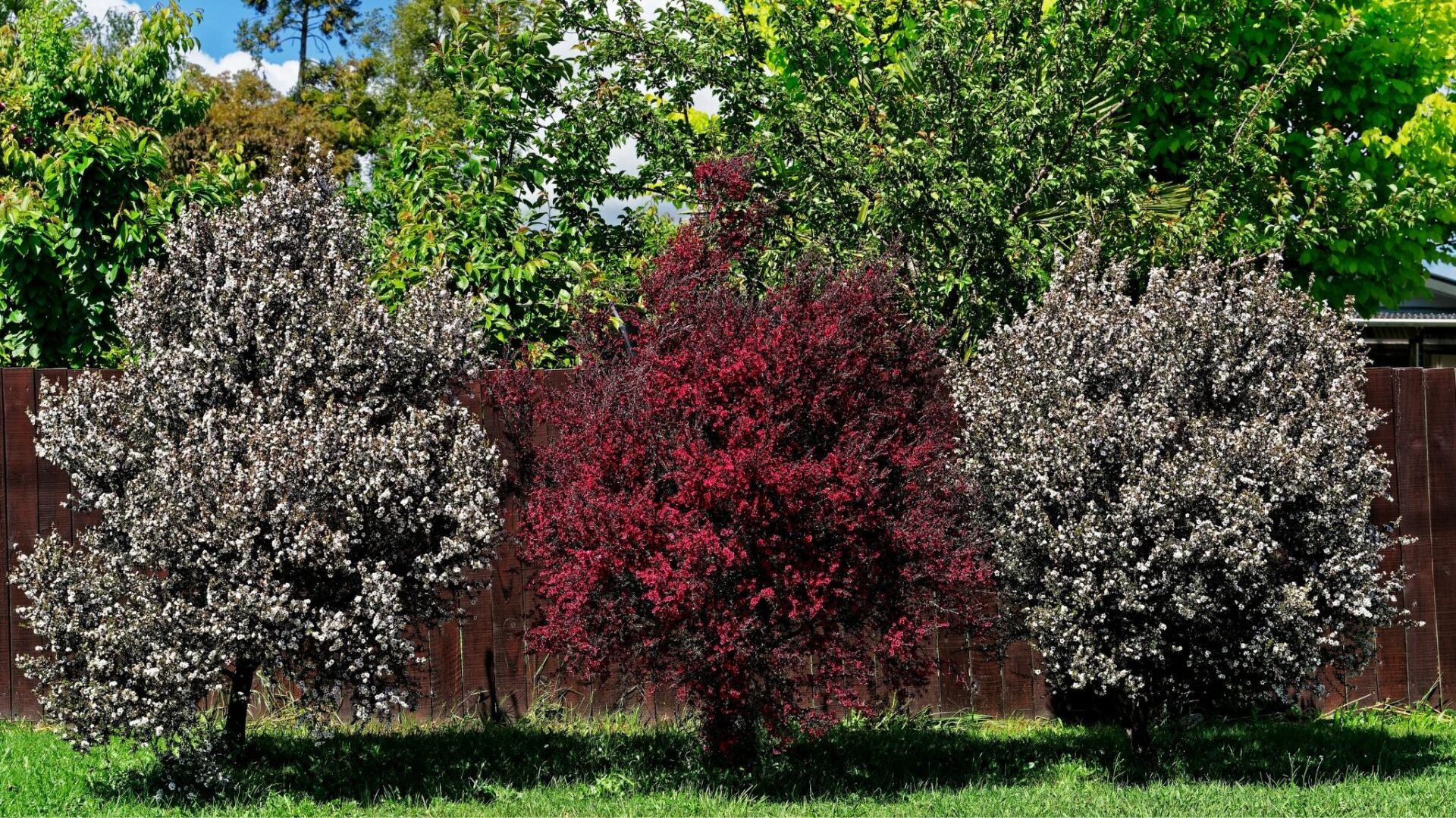Buxus, also known as boxwood, is a popular evergreen shrub that has been grown in gardens and landscapes for centuries. Known for its dense green foliage and slow growth habit, this versatile plant has been used in a variety of ways throughout history. From shaping into elegant topiaries to dividing garden beds, buxus has proven to be a staple in many gardens worldwide. But this little shrub is not just for looks, it’s got some personality too! In this blog post, we’ll take a closer look at the fascinating world of Buxus, from its historical uses to its care and maintenance. So, let’s dive in and get to know this versatile plant a little better!
History and Cultural Significance
Buxus has been around for a long time and has been utilized by many cultures for various purposes. The ancient Romans used buxus for ornamental purposes, and it was commonly grown in the gardens of wealthy homeowners. In Europe, buxus was often used as a hedge, due to its dense growth habit and ability to withstand regular trimming. During the Middle Ages, buxus was grown in monasteries and used in religious celebrations, such as Palm Sunday. This tradition continues to this day, with buxus being used to create intricate wreaths and crosses for religious celebrations.
In addition to its ornamental uses, buxus has also been used for medicinal purposes. The ancient Egyptians used buxus as a cure for a variety of ailments, such as headaches and skin conditions. The plant was also believed to have protective powers, and was often placed around homes and gardens to ward off evil spirits.
Today, buxus is still highly prized for its ornamental qualities, and is commonly used in landscaping and gardening. Its versatility, durability, and easy maintenance make it a popular choice for gardeners and landscapers alike.
Appearance and Characteristics
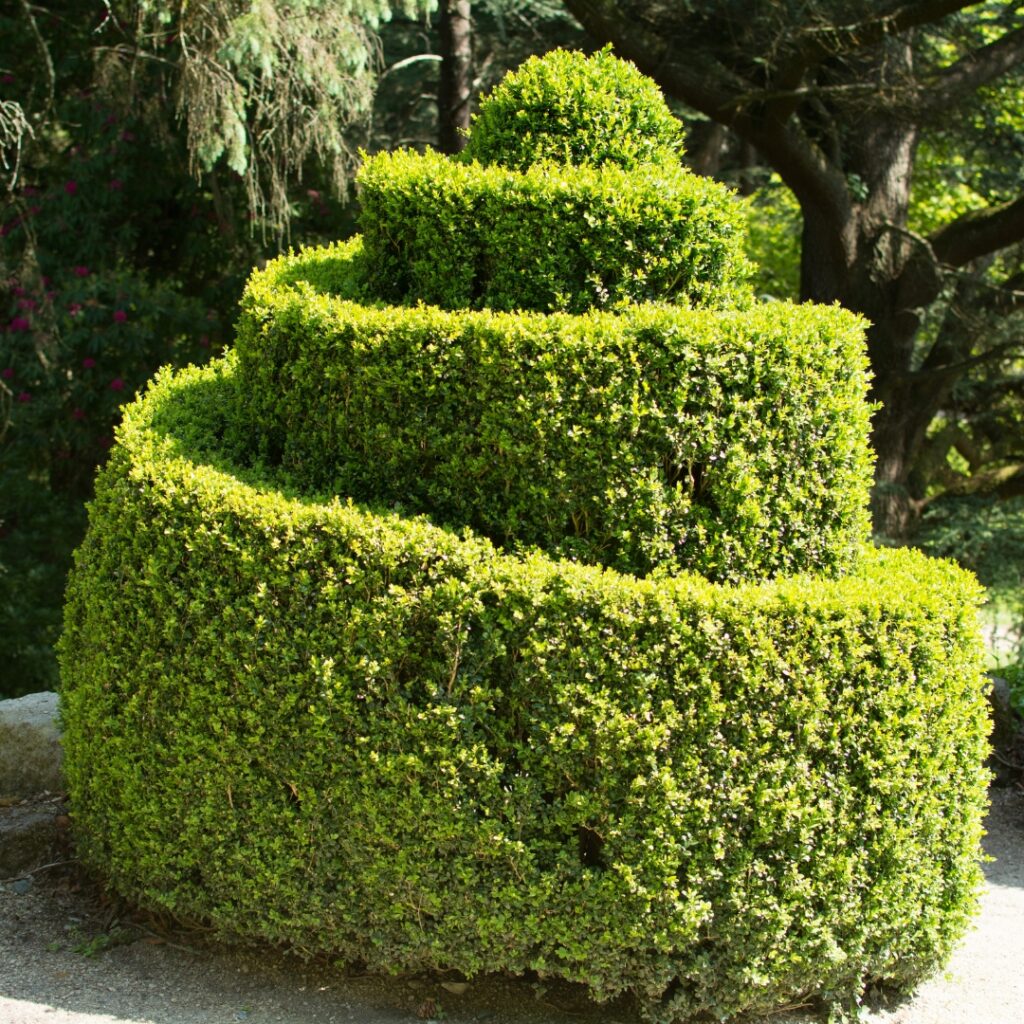
Buxus is an evergreen shrub that can grow up to 3 meters in height, although it is often kept trimmed to a smaller size for ornamental purposes. Its leaves are small, oval-shaped, and glossy green in color. The plant produces small yellow-green flowers in the spring, which are followed by small, hard, seed-like fruit.
The plant’s dense, compact growth habit makes it ideal for shaping into topiaries, hedges, and other ornamental forms. It is also commonly used as a groundcover, due to its low-growing habit and ability to tolerate heavy foot traffic.
Care and Maintenance
Buxus is a relatively low-maintenance plant that is easy to care for. It prefers well-drained soil, and will grow in full sun to partial shade. When planted in full sun, it will maintain its dense green foliage, but if planted in too much shade, the plant may become leggy and less compact.
To maintain its dense, compact habit, regular pruning is necessary. Buxus can be trimmed into a variety of shapes, including balls, cones, and spirals, making it a versatile choice for topiaries and other ornamental forms. When pruning, it is important to avoid damaging the plant’s foliage, as new growth will not occur on damaged foliage.
Buxus is also relatively resistant to pests and diseases, but it is important to watch for signs of stress, such as yellowing foliage, which can indicate a pest or disease problem. If left unchecked, pests and diseases can quickly spread, causing significant damage to the plant.
In summary, Buxus is a versatile, low-maintenance plant that has been grown in gardens and landscapes for centuries. With its dense green foliage and slow growth habit, it is an ideal choice
